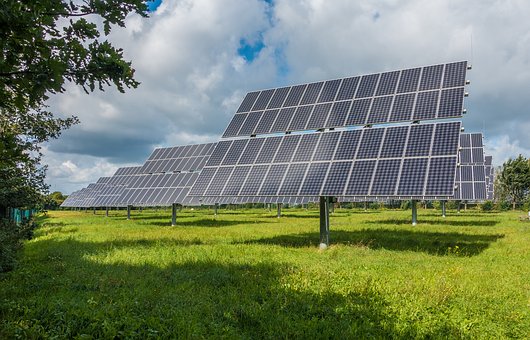BAD! Or, at least, that’s the general view. As always, however, there isn’t a simple answer.
I once made a casual statement that volatility on a renewable energy yield assessment for a debt transaction I was working on was beneficial from a creditworthiness perspective. My client at the time (the lender) was adamantly opposed to the statement. Since it’s generally the case that greater volatility is bad for a transaction, (and the client is always correct!), let’s look at why it’s bad.
Project finance is, inter alia, lending a principal sum against a set of predictable cash flows. Greater volatility of yield implies less predictability and therefore greater risk of being unable to meet payments when they fall due. This means higher probability of default, higher pricing, less debt-bearing capacity and so on. So volatility is generally bad for a transaction, and perhaps especially so for equity, since debt will only ever lend up to a level of risk which it is comfortable with (one assumes!).
On the other hand, there’s the concept of Upside Risk (https://en.wikipedia.org/wiki/Upside_risk). This is the possibility of a gain in the value of an investment. All other things being equal, the greater the (statistical) downside risk in an investment, the greater the (statistical) upside risk. Upside risk is also applicable to a yield assessment, since it is, after all, a statistical assessment.
Moreover, lenders will usually lend up to a maximum amount limited by the P90 yield assessment. (and the debt:equity ratio, debt service cover ratio levels and other metrics imposed by their credit committees). Assuming the yield assessment is reasonable in determining the P50 yield and the standard deviation of the yield, and that a Normal distribution is a reasonable approximation of the actual random distribution of the yield, it’s helpful to examine the downside and upside scenarios in terms of conditional probabilities (https://en.wikipedia.org/wiki/Conditional_probability, for those of you who like numbers!):
- Downside scenario: All other things being equal, the expected yield given the actual yield is less than the P90 level will be lower for a plant with a higher-volatility energy yield than for the same plant with a lower-volatility energy yield.
Obviously when considering such a scenario, lenders would like a lower volatility energy yield assessment, so as to limit possible downside scenarios to a smaller loss (or failure to repay).
- Upside scenario: All other things being equal, the expected yield given the actual yield is greater than the P90 level will be higher for a plant with a higher-volatility energy yield than for the same plant with a lower-volatility energy yield.
In this scenario, higher-volatility implies greater CFADS.
Consequently, it is reasonable to balance the risks and benefits of the two scenarios. Under the downside scenario, the risk is that the yield may be insufficient to ensure debt service, particularly if the cover ratios under the P90 base case were tight to begin with. It is worth noting that (assuming the correctness of the yield assessment) this risk has less than a 10% probability of arising (because we’re using a P90, the base case cover ratios being > 1.0x and because Normal distributions with the standard deviations typical of renewable energy projects are relatively long-tailed).
The upside scenario, on the other hand, encompasses 90% of predicted years’ energy outcomes, assuming we’re using a 1-year P90. This in turn means that the CFADS will be larger than under the P90 base case in most years, and, simply, cash can be used to mitigate many risks. The nature of those risks is, of course, very much dependent on how well they are mitigated through the contractual protections built into the project documents. If all risks other than yield are 100% contracted away to the project’s reliable and creditworthy counterparties, then the protection offered by additional cash is worth less than if only a portion of that risk is dealt with. Similarly, if DSCRs are very healthy using the P90 cash flows, the marginal benefit of yet more cash is smaller.
The question then becomes one of whether the benefit of additional cash in (probably) nine out of ten years to mitigate risks which may arise in those years, is greater than the risk of a greater expected underperformance in the one (probably!) year in ten when yield is lower than the P90 level. This is a slightly more difficult evaluation than an all-encompassing perspective that volatility is bad. However, it also offers benefits which may be proposed to a credit committee, for those transactors with a higher-volatility project!

